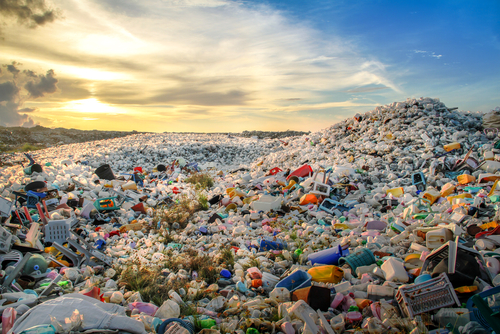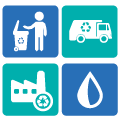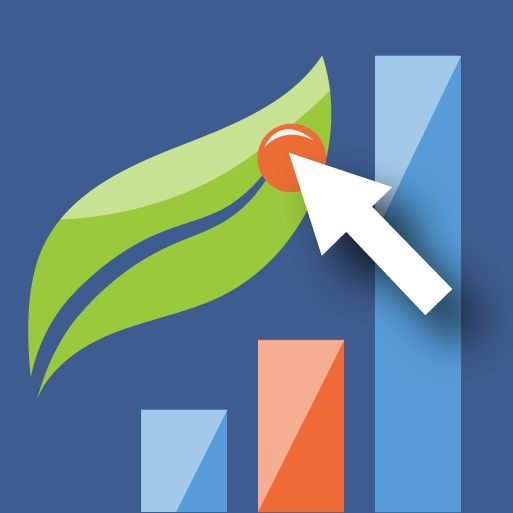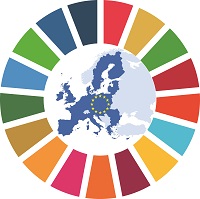Overview - Waste

What information can I find here?
Eurostat produces regular statistics on waste generation and treatment for the whole economy and on specific waste streams.
Statistics are compiled on the following topics:
- Waste generation and treatment
- Management of waste
- Shipment of waste between countries
- Key waste streams:
- Batteries
- End of life vehicles
- Hazardous waste
- Municipal waste
- Packaging and packaging waste
- Annual consumption of lightweight plastic carrier bags
- Waste electrical and electronic equipment
- Waste excluding major mineral wastes
For more information on which statistics are collected for which reference period, please see the page 'Information on data' in this section.
What are waste statistics used for?
Regular statistics on the production and treatment of waste from businesses and private households are collected from Member States every two years to measure general trends in waste generations and to monitor the implementation of European Union waste policy in view of the waste hierarchy where prevention is the best option, followed by re-use, recycling and other forms of recovery, with disposal such as landfill as the last resort.
Data on specific waste streams are collected to monitor compliance of EU Member States with quantitative targets, like recycling and recovery rates, set out in EU waste legislation.
Waste-related indicators form a substantial part of the circular economy monitoring framework and are important tools to measure progress towards the Sustainable Development Goals (SDGs).



















